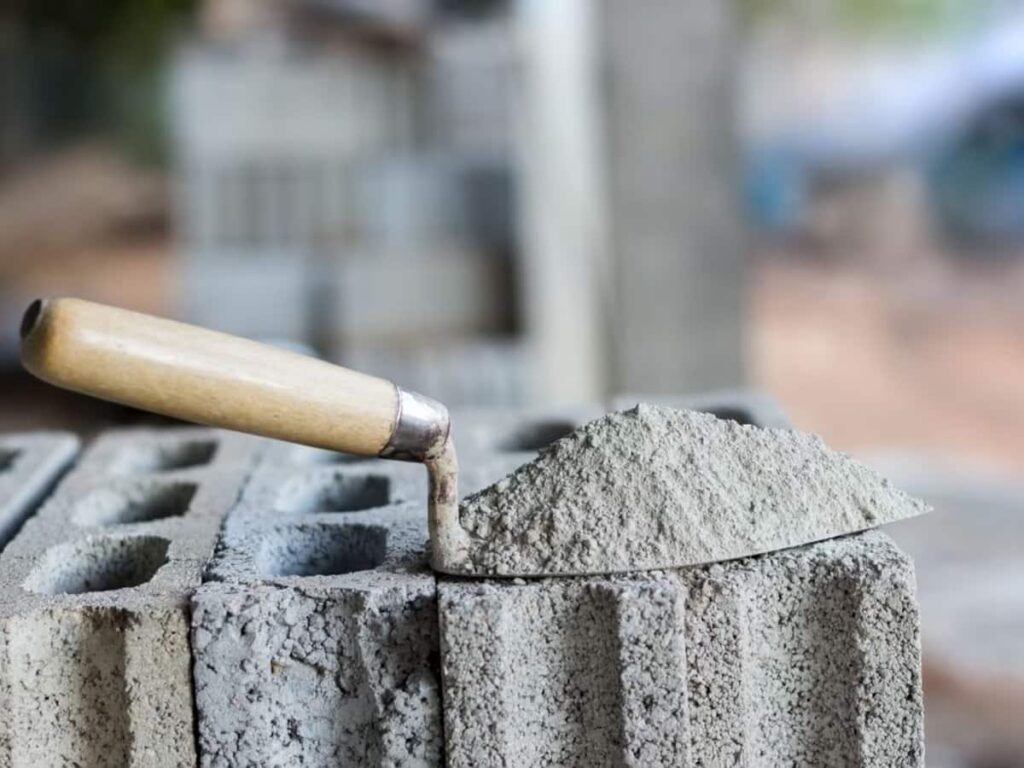The Indian cement industry is currently facing significant challenges that have impacted demand and pricing dynamics. Factors such as the extreme summer heat and subsequent heavy monsoon rainfall have contributed to a slowdown in cement consumption. According to a report by Elara Securities dated September 26, the average cement price across India fell to its lowest level in 51 months between the end of July and the first half of August.
Impact of Seasonal Factors on Cement Demand
The demand for cement is highly sensitive to seasonal changes, particularly in India where the construction sector is significantly affected by climate conditions. The onset of harsh summer heat can delay construction projects and reduce the overall demand for cement.
Heat Waves and Their Consequences
During the summer months, high temperatures not only hinder outdoor construction activities but also affect worker productivity. These conditions often lead to a decrease in the quantity of cement consumed as projects stall. This trend was evident in the latest data which showed a sharp decline in cement consumption.
Monsoon Rains and Market Challenges
Following the summer heat, the arrival of the monsoon brings its own set of challenges. Heavy rainfall can lead to site disruptions, impacting ongoing construction projects and further curtailing the demand for cement. Additionally, flooding and waterlogging can damage existing structures, necessitating repairs but temporarily halting new projects.
Current Market Trends and Price Dynamics
According to Elara Securities, the effects of these climatic conditions have drastically influenced prices in the cement market. The report highlights that between the end of July and the first half of August, cement prices plummeted to an average of 51 months low, signaling potential concerns for manufacturers.
Price Trends Analysis
| Month | Average Price (INR per ton) | Yearly Change (%) |
|---|---|---|
| July 2023 | 3800 | -8.5 |
| August 2023 | 3750 | -10.2 |
| September 2023 | 3900 | +4.0 |
This table illustrates the fluctuating prices within recent months and the overall yearly changes, indicating a decline in prices in July and August, but a slight recovery in September. Such volatility may prompt manufacturers and stakeholders in the construction sector to re-evaluate their strategies moving forward.
Future Outlook for the Cement Industry
Looking ahead, the cement industry in India may experience a recovery as weather conditions stabilize. Construction activities are likely to pick up post-monsoon, provided the rains do not lead to excessive damage to infrastructure. However, the industry’s growth will be contingent upon addressing the challenges posed by climate variability and exploring innovative solutions to mitigate the impact of these seasonal factors.
Conclusion
The interplay between seasonal weather conditions and the cement market is critical for understanding current and future demand trends. The significant drop in cement prices, coupled with reduced consumption during extreme weather events, highlights the need for strategic planning within the industry. As monsoon rains settle, stakeholders must prepare for a potential resurgence in demand and adapt to the evolving market landscape to ensure sustainable growth.
